Workplace burnout is a growing issue of concern, as covered in this feature, which highlighted particular characteristics of the modern working environment driving this trend.
For this follow up feature, we consulted three different burnout experts for their latest thoughts on how employers could better tackle this issue.
Clare Kenny, Co-Founder of The Wellbeing Academy and head of strategy at mental health consultancy PVL: tackle burnout at an organisational not individual level
One of the most important insights on burnout we’re now getting from research is that we often try to tackle it at an individual level but actually if the organisational burnout risk factors are high, there is very little an individual can do to mitigate their risk.
What the latest research is showing us is that an employee could have a quite high holistic wellbeing score, and be fit and healthy in general, but still be at a really high risk of burnout.
That’s because the real, underlying issues driving burnout are systemic and cultural. So, wellbeing initiatives like career support or mindfulness apps won’t address the problem. Those things are great when it comes to making people feel engaged and able to perform but, actually, the factors that cause burnout are quite separate from these. For that reason, you need a separate approach (to your wellbeing strategy) to tackle burnout.
What actually leads to burnout, in the early stages, is a sense of someone needing to prove themselves. That generally comes from employees who are high performers, which is why it’s so important to know about burnout and how to tackle it. Lower performers often don’t tend to have that chronic need to prove their worth, which leads to working harder and longer hours and eventually not being able to switch off at all.
What typically happens is that someone who is at high risk of burnout is functioning well and being stretched in their job, but not actually coping very well, meaning that if an extra stressor comes along – like a cold, or an injury – this could tumble them quickly into struggling. Other factors that come into play here are ambiguity around jobs, toxic cultures, workplace conflict, time pressure and workloads.
So, in terms of looking at burnout risks you need to do a health and safety audit. And it may be that you might not be able to address all the risks. For example, if you’re going through a large set of redundancies which is going to cause a lot of ambiguity. In that case, the best thing you can do is help mitigate some of the uncertainty like, for example, making sure leaders have the skills to talk to staff in a helpful way.
Other ways you can mitigate risk are things like tracking working patterns such as overtime or time spent in meetings with an insight tool such as Viva Insights (for Microsoft Teams), or looking at employee engagement survey feedback to get a feel for culture (lots of data about not trusting managers, for example, might well indicate a toxic workplace).
Subira Jones, Founder of The Fireproof Career: educate your organisation
What’s the biggest mistake employers are making at the moment with regard to handling burnout, and how could they improve their approach? For me, the number one answer to this is they need to get better at the educational piece around burnout and better at helping everyone recognise the difference, from line managers to individuals themselves.
The key issue is that people don’t understand the difference between being run down and being burnout. That means in the corporate world currently, they’re often addressing the wrong problem because of this lack of awareness.
What I always say to corporates when it comes to burnout is let’s leave the ‘resilience training’, which all the employee wellbeing initiatives are aimed at, behind.
When I speak to people to help identify if an employee is run down or burned out out one of the first questions I ask is: do you feel like you’re in control of your life, do you feel like you’re in the driving seat, or the passenger seat, or being dragged by the car? This is because one of the first thing that tends to go when people experience symptoms of burnout is they lose their sense of agency and autonomy.
Prevention is about helping them take back their sense of personal power within their role and their career. What can make an immediate difference to this issue is empowering your people and equipping them with the right tools so they can operate sustainably at a high level.
And, while burnout is often defined as work-related stress, there also needs to be the education piece that personal lives, and stress there, can contribute to burnout too. Individuals need to take responsibility for that. They need to be mitigating stress in their personal lives so it’s ideally a low stress lifestyle. Although, of course, sometimes that is unavoidable due to things like caring responsibilities. In these cases their lifestyles need to incorporate coping strategies.
The other key thing I’d say is that employers need to focus on prevention rather than recovery ideally, because recovery is much harder and longer because someone has hit rock bottom. Prevention is catching people when they still have fuel in their tank, which means they can take a different course and direction.
Eloise Allexia, Existential Psychologist: Focus on giving your employees a sense of purpose:
“There is a strong connection between people who have a very secure sense of purpose and being able to work at high intensity for long periods of time and not experience burnout.
That means that two people could be doing the same job to the same intensity and they could have completely different experiences. Purpose can be the foundational factor that can drive an employee to overcome difficult experiences.
In today’s society, the lack of purpose – or what we’d call the ‘existential vacuum’ – can actually play a part in causing burnout. This is because many of the big structures that used to guide us in how to live have been lost – like religion or marriage or the trend to simply do the same career as our parents.
We’ve largely lost those structures and we have so much choice in how we live our lives which comes with a lot of freedom but also huge risk; we don’t know what to do with all the freedom so we fall into the existential vacuum.
It’s common in every generation to have a loss of organising structures. For our current work generation, I think it’s technology and new forms of intelligence that are potentially going to threaten ideas of who we are in our careers or working identities. The way that employers can help mitigate this, and burnout, is by helping give employees a sense of structure and set of values that resonate and help build identity.
How can they do that?
By talking about corporate mission and purpose as a whole, but also an individual’s job and how that fits into the overall purpose.
So, most employers have missions statements and corporate values but, for them to resonate with employees, they have to be reflected in the actual day to day operation of the company. They have to translate into a felt experience.
It’s really helpful for employees to understand they’re part of a bigger mission or goal and tangible output. You can also do this through mentoring and one-to-one feedback.”












